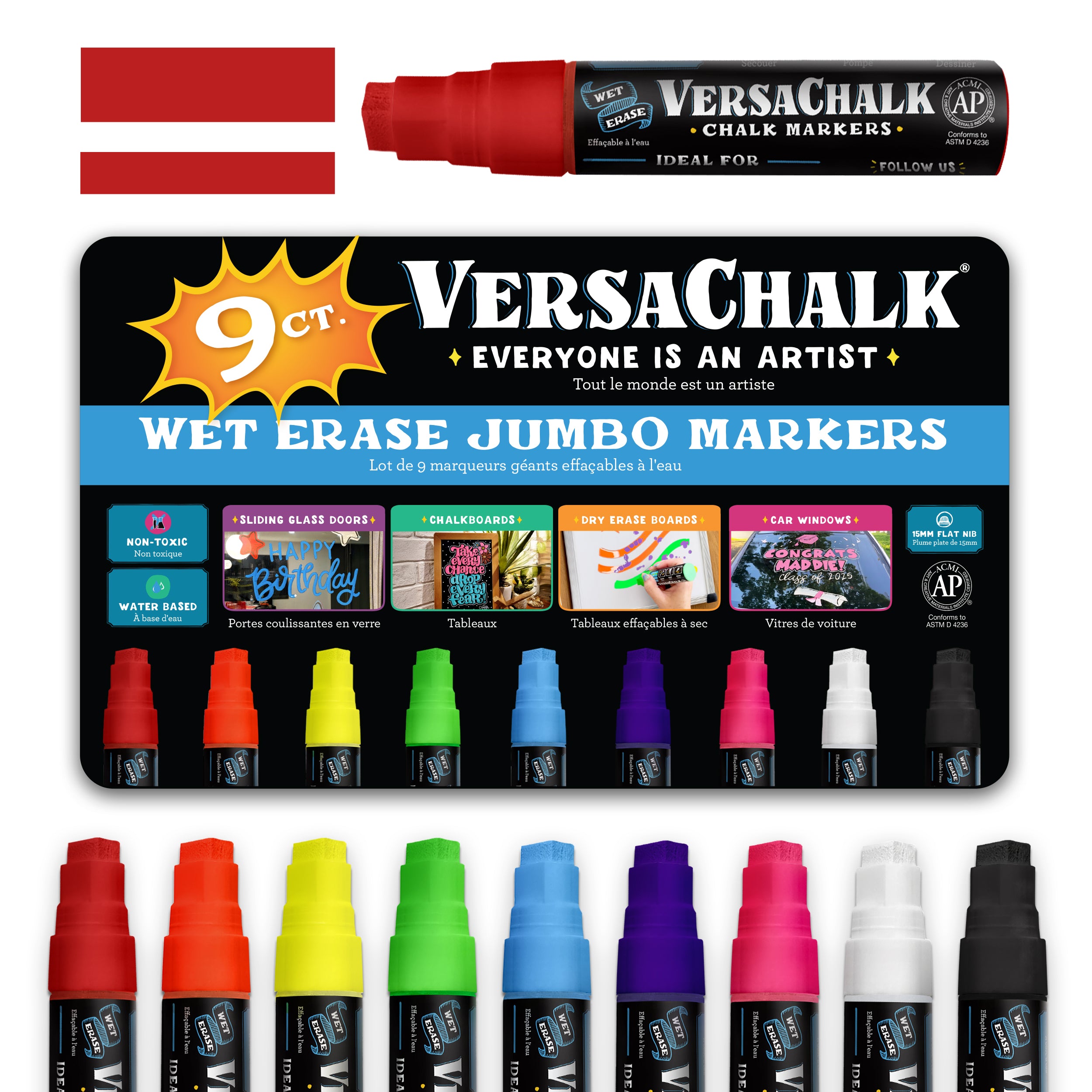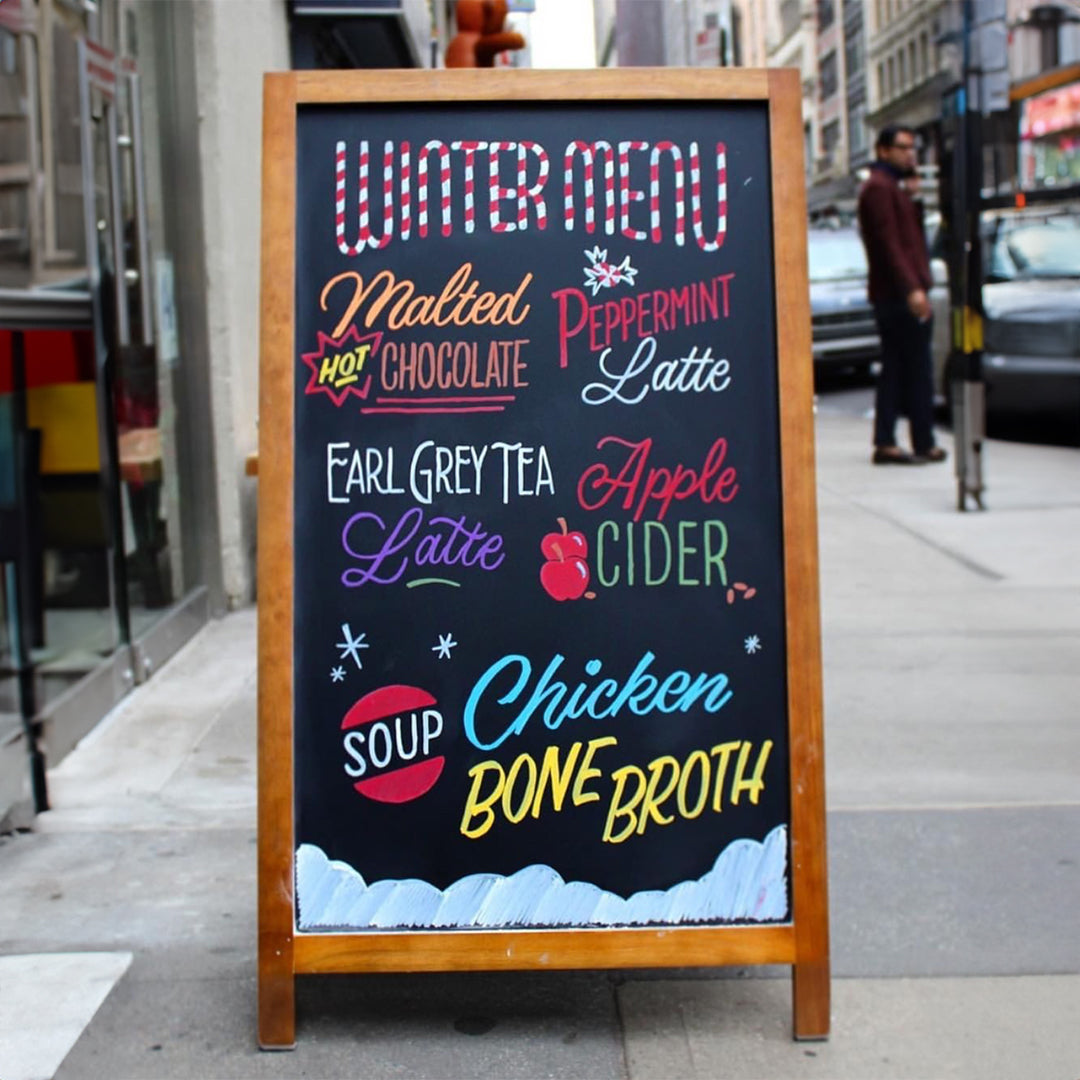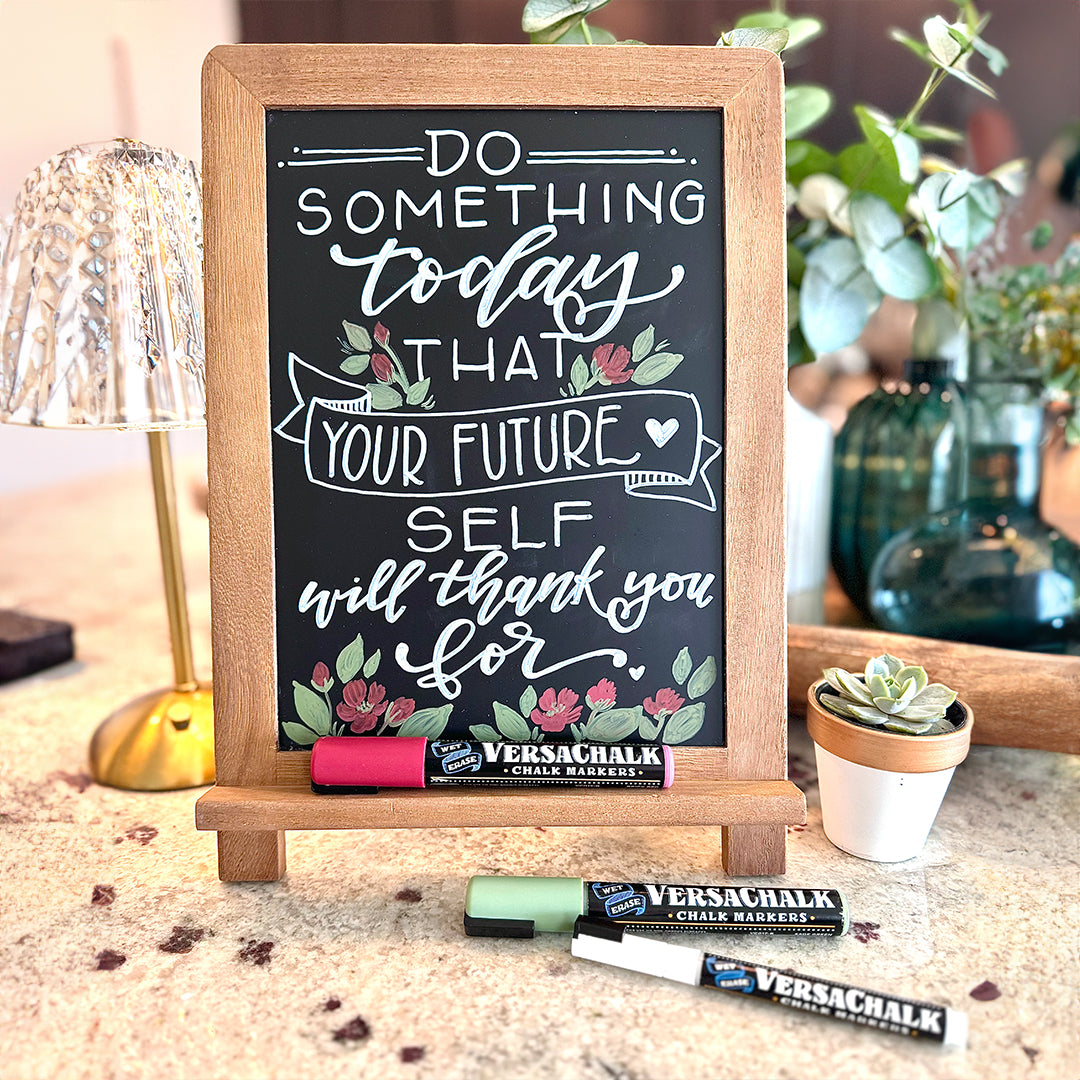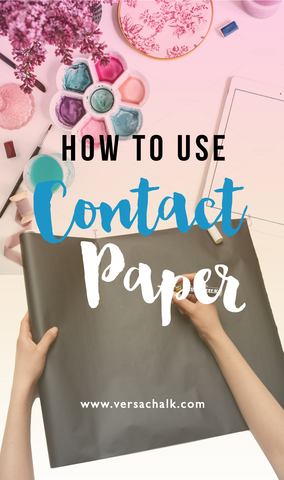In The Beginning, There Was Chalk
Most of us remember chalk from our childhood—the writing instrument that left dust on our hands. Some kids even contracted skin conditions because of it. Yet people love using it as a medium to express their creativity. Children especially love the variety of colors. They won’t hesitate to "spread chalk love" on everything, including walls, doors, floors and refrigerators. Some draw on their food; others on their pets. Enterprising ones feed pets with chalk. Please note that these latter activities are not recommended!

Chalk has gone from low-tech to high-tech. Take advantage!
Dust to dust ... not!
From its humble beginnings, chalk has evolved to exist in different forms. The most interesting development is the advent of the liquid chalk marker. This new incarnation of chalk has the benefit of being odorless, dustless and non-toxic. No more smelly fumes, skin-problem-inducing dust and poison. So even if your kid makes Fido taste his new liquid marker, you won’t need to take the pooch to the vet. But the activity is still not recommended.
The birth of chalk
So how did liquid chalk markers come about? First off, let’s examine its predecessor: the humble powdered chalk, which comes from limestone. Chalk is found in huge stacks of rock called the Chalk Formation in Southern England. Regular chalk is made up of calcium carbonate (limestone) and calcium sulfate (gypsum), with a small amount of calcium oxide. According to Encyclopedia Britannica, the primeval source of chalk powder is the shells of tiny marine organisms.
Inventors of the liquid marker
Walter J. De Groft patented a "marking pen" with a felt tip in 1944. The marker’s handle contained a type of liquid ink. In 1964, this pen became the first Sharpie. It was Sidney Rosenthal who invented the first modern marker pen. He marketed it in 1953 as the "Magic Marker." Chinese companies hold patents for the latest breakthrough in marker ink, liquid chalk.

Chalkboards make great advertisements
What is liquid chalk made of?
Liquid chalk ink comes from magnesium carbonate. Many forms of "liquid chalk" do not contain actual chalk, despite the name. The Chinese formula consists of polyvinyl alcohol, isopropyl alcohol, ethyl alcohol and color essences.
The components of a VersaChalk liquid chalk marker are non-toxic, and include a water-based color solution (a mixture of water and dyes), a porous plastic nib, a plastic barrel, a cotton filament and a cap. The tip is usually made of porous, pressed fibers like felt.
The best chalkboard markers are those that don’t leave a dusty residue—and are odorless, waterproof and non-toxic. More importantly, you cannot inhale liquid chalk! Possibly the best advantage of liquid chalkboard markers is that the liquid ink is easy to wipe off, so you can reuse your chosen canvas. Removing liquid chalk from chalkboards and non-porous surfaces is a breeze. Simply wipe off with a damp cloth. Liquid chalk marker sellers like VersaChalk also offer their own cleaning kits to rejuvenate surfaces. These kits make removing liquid chalk even less of a chore and more of a fun activity, especially when you get children involved.

Liquid chalk markers can be used on glass to make window advertisements.
Source
Liquid chalk comes in different forms:
* Marking pens with water-soluble ink
* Mixtures used in sports like rock climbing, weightlifting and gymnastics
* Hobby and craft paints made of cornstarch (some with flour) and food coloring
Liquid chalk writing instruments are presented in various containers:
* Marker pens
* Fineliners
* Felt-tip markers or pens
* Flows
* Textas (the term of choice in Australia)
* Sketch pens (the term of choice in India)
Now that you know the difference between regular chalk and the liquid kind, isn’t it time for you to make the switch? Try our liquid writing wonder, Versachalk!




